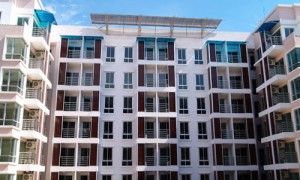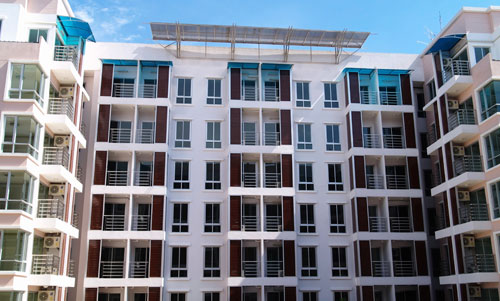1st of the series
Track2Realty Exclusive
 For how long can Indian real estate remain in a state of denial? It is time to get realistic with the ground realities that suggest pre-2007 days are over. While it may not mean that the coming year will see the realty bottom out, Track2Realty feels it is time all stake holders get real and come out of the wishful thinking. Subject to realistic expectations, recovery is possible in 2012, despite the global financial turmoil.
For how long can Indian real estate remain in a state of denial? It is time to get realistic with the ground realities that suggest pre-2007 days are over. While it may not mean that the coming year will see the realty bottom out, Track2Realty feels it is time all stake holders get real and come out of the wishful thinking. Subject to realistic expectations, recovery is possible in 2012, despite the global financial turmoil.
It was the year of shock in 2008, the year of discovery & introspection in 2009, the follow-up experiment in 2010 and the sector had to weather the negative indicators, policy ambiguity & consumer activism in the year 2011. However, it seems the turmoil of the last four years has made everybody come out intelligent–investors, developers, bankers and end-users. As a result, 2012 promises to be the year of getting real for the Indian realty. The critical approach by all the stake holders is also a sign of maturing of the sector.
However, the number of speed brakers ahead with increasing input cost, inflation & repo hike, overcautious foreign fund inflows and troublesome balance sheets of many of the developers clearly indicate that mayhem is far from being over. Will there be more interest rate hike in 2012 is the question that is today on everybody’s lips. The developers are also learning to live with the reality of rising input cost and contingencies are planned in advance while preparing the cash flows.
The year 2012 promises to be the year of getting real, also because conventional wisdom of the economic cycle can not be ignored for long. It is indeed surprising to note the dichotomy of 30 per cent sales drop and 13 per cent price appreciation in the same micro market during the same year. Rising debt is also making the realtors wary and many of them are selling the non-core assets to ease the burden, since fresh funding is either not available or is too costly. The property seekers are equally getting realistic with the constant repo hike and speculative buying is definitely going to be over.
The year also promises to provide a level playing field to all the stake holders post the new law of Land Acquisition and Realty Regulator in place. Last, but not the least, the proposed reforms also promises to bring sanity in the overall realty market where a new wave of consumer activism has dented the confidence of the sector.
There is guarded optimism among the realty consultants, developers, investors, bankers and end-users on a number of issues afflicting the sector. Sunil Dahiya, Managing Director of Vigneshwara Developers asserts that credit reliability and brand reliability are going to be differentiator for the sector now onwards. “With strong collaterals there is more stable money flowing into the sector with a long time horizon and investors are not crazy for short term returns. With India being the most safe investment option, I see long term investments like pension funds coming into the sector.”
Om Chaudhry, CEO of FIRE Capital Fund, however, has a word of caution here. He believes that while there is a huge hunger line for the realty, FIIs inflow can be a matter of concern since China is going to control the GDP. “The speculative elements have added to the demand-supply mismatch in the Indian market. Crisis of credibility is going to be the biggest challenge for the developers, since many of them are reeling under the debt and balance sheet problems in the last couple of years either forced them to delay the projects or completely abandon it” he says.
According to Rajeev Talwar, Group Executive Director of DLF, the sector’s profits are shrinking due to high commodity prices, labour cost and high interest rates on loans, among others. “Earlier, the construction cost used to be around 25 per cent of the total revenue, which has escalated to more than 45 per cent,” he says.





